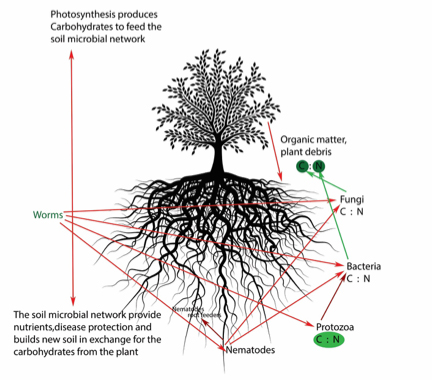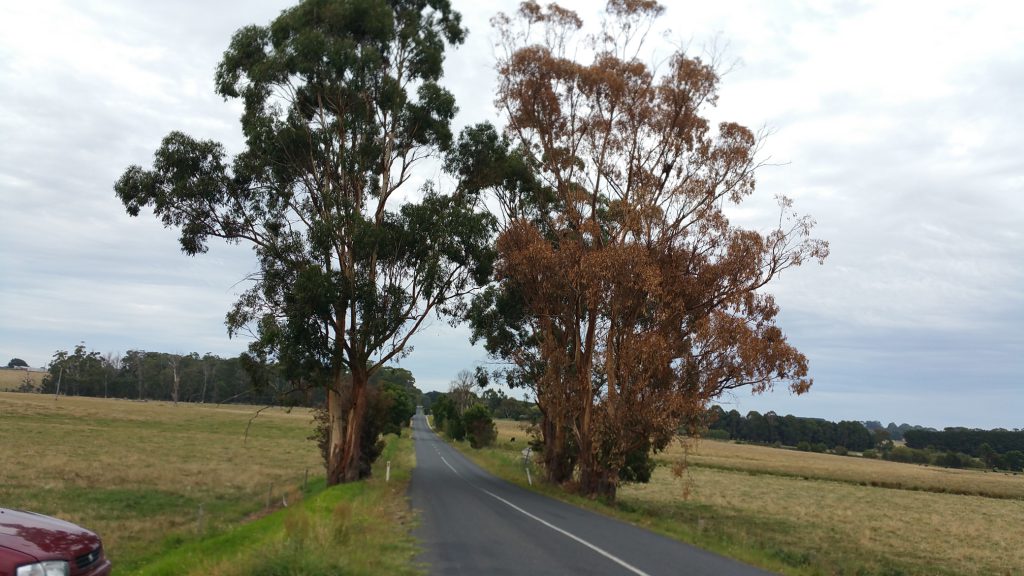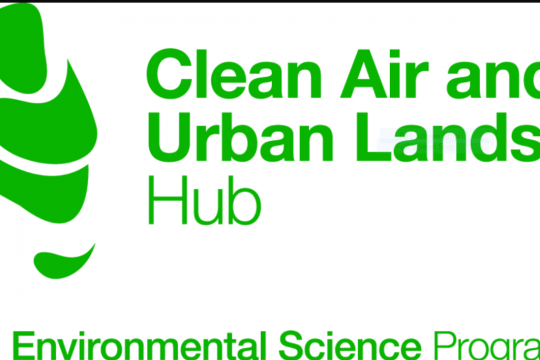What is soil Health?
The exciting and complex world of soil microbiology is only just starting to be fully understood by scientists.
what exactly is soil health and how can it be nurtured to create healthier plants, animals and humans?
Let’s start by defining ‘soil health’. Now if we talk about ‘health’, it should only be expressed as a condition of a living organism. Human health, animal health, plant health, soil health, ecosystem health, planet health are each a measure of the function of life‐forms in relation to their habitat. Earth is the only known living planet, so with its terrestrial skin and essential foundation being the living soil in which it is wrapped, it is only right that soil health is discussed.
All life‐forms need food, water, oxygen and a suitable place to live, breed and die. They all indirectly or directly draw their food/energy from the sun through the all‐important photosynthetic process. As the converters of carbon dioxide into organic compounds ‐ plants play a pivotal role in providing energy to the microbial life in the soil and indirectly to all other life forms.
The soil and plant root associations are based on the complex interactions of uncountable microbes. Each microbe ensures the plant can continue its important role in maintaining healthy growth and then in return provide the nourishment the soil biological network needs to flourish through root exudates ‐ (see diagram below).

So, what does this mean to us and how can we influence, build and protect healthy soil?
For microbes to function in the soil, the correct ratio of:
Airspace (25%)
Water holding (25%)
Minerals (45%)
Organic matter (5%)
must be present. This is the habitat that regulates the types and amounts of soil life upon which healthy plants can then grow and function. In a nutshell, soil health can be broken into three important components:
Nutrient, Physical structure and key biology
This approach of defining soil health as a new sustainable NPK concept breaks it into three individual components, although these components interact. The driving factor of interaction is the soil biology and this is why i is described as Key biology. Soil biology will interact with the nutrient and physical structure of the soil.
Nutrient, Physical structure and Key biology, as simple as it might sound in principle, compared to the conventional NPK fertilizer, this sustainable NPK concept, of managing the health and function of any life form is always going to be challenged by changes in external conditions or habitat, such as extreme climate events and human impacts. These impacts can cause trauma to the sets of the living organism.
There are some simple rules, which will keep the effects of that change buffered, and not cause too much injury to the health of the organisms being impacted. In soil, aim to:
- Maintain a balance of all (total, exchangeable and available) macro and micro Nutrients in a suitable pH range.
- Build a Physical state to enable life forms to breed, live and grow.
- Manage the soil and plants in a way that supports the ongoing Key biology in the soil and on the plants. They need to perform their roles making available and regulating nutrient uptake, protecting against pest and disease, building soil structure and decomposing dead plant material.

There are many methods that you can use to restore biology in your soil: apply appropriate microbes and foods:
- Products that contain Fish and kelp are examples of microbial stimulants and feed the indigenous microbes
- Introduce more diverse microbiology- through the application of properly made Compost, Actively Aerated Compost Tea (AACT), and microbial inoculums, such as Mycorrhizae spores. It is important to understand the levels, diversity and ratio of soil microorganisms that are in your soil in the first place and if the microbes you are adding are required.
- Mulching, allowing leaf litter to accumulate and feed the soil and opening any restrictions to air and water infiltration. Tree self-mulch by dropping leaf litter and branches to the soil surface. This is to replenish the soil, when removed, for example (autumn fall) this is a form of mining the soil. Eventually, soil health will reduce.
In short, understanding and better managing soil and plant microbiology represent a huge tool which people can learn to apply to great advantage in building healthier soils, plants, animals, people and landscapes. Restricting treatments to just chemical applications and working the soil deeper and more often with larger machinery is old hat and very limiting. An exciting new world is gradually being revealed as scientists learn the intricacies of the complex world beneath our feet.
It’s time to embrace the complexities of nature.
Soil Health = Tree Health
Tree Health = Forest Health
Contact Us
Send Global Urban Forest a message


















